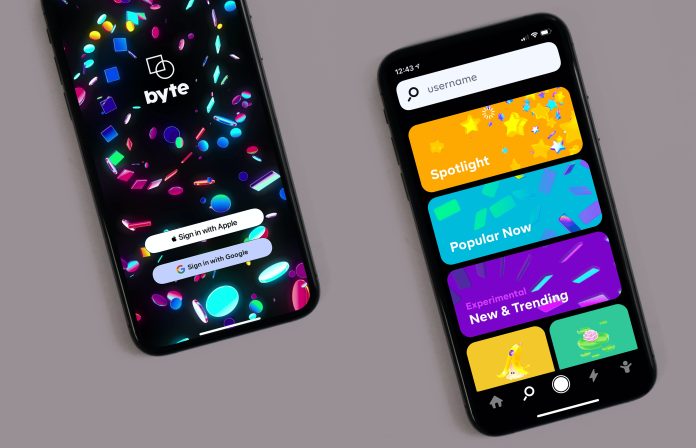The realm of gaming UI (User Interface) design is mind-blowing and magical. Great UI is barely noticeable, and yet, it’s essential to a successful gaming experience. It represents a nearly impeccable combination of creativity and logic, systematically understanding a player’s wants and needs, while also skillfully directing their in-game interactions and influencing their mood and attention.
If you’ve ever played a game that was so immersive, challenging in just the right way, but also easy, intuitive and kept you on the edge of your seat, then welcome to the world of excellent UI. You now know that innovations in UI design have been an important part of modern gaming.
A Brief Primer to UI Design
The evolution of gaming UI is a story that began with simple text commands, moving through some complexities and arriving at the interactive forms that we experience on our displays today. The evolution has more or less mirrored the advancements in technology and changing player expectations that come with it. Early games relied on imagination, with minimal UI; today’s games offer rich worlds where the UI must be seamlessly integrated, enhancing immersion without overwhelming the player.
Effective modern UI hinges on a few key principles: accessibility, clarity and immersion. Games that are accessible cater to players with diverse needs, ensuring inclusivity. Clear and intuitive game mechanics allow players to navigate effortlessly. Immersion is achieved when UI elements complement the game world, rather than pulling players out of the experience.
“Candy Crush,” the well-known match-three puzzle game, perfectly exemplifies how straightforward design can be profoundly impactful. The game’s UI leverages vibrant colors and intuitive icons, making it easily accessible yet addictive. These features aren’t just aesthetically pleasing. They’re a strategic use of color psychology to produce specific player emotions and responses.
Similar UI principles are used in modern online casino-style games, such as those created by developers Pragmatic Play. Based on these principles, such games have easy drawn gamers to play at Vegas Gems and other similar social casino platforms. A well-thought-out and inviting interface is an essential part of keeping players entertained and engaged, and one of the key pillars of successful online and mobile casino games.
UI and the Mind
The psychology behind UI design is quite fascinating. Colors, shapes and the placement of elements are all carefully weighed, with the objective to stimulate specific emotions and guide player decisions. It’s a subtle manipulation that drives the informative and aesthetic aspects of UI, while also supporting the narrative and mechanics of a game.
The 2012 game “Journey” is a great example. It features a minimalist UI that fades into the background, allowing the environment itself to communicate with players – a design choice that works to create a deep connection between the player and the world of the game. It makes every sand dune and ruin part of the storytelling and gameplay process.
Interactive game mechanics also help anchor players into the world of the game. In action games for example, the UI often includes dynamic elements like health bars and ammo counters that change in real-time, reflecting the immediate consequences of player actions and decisions. And yet, these elements never take you out of the gameplay; they make the games immersive and cause them to just “flow.”
There is another magic of UI elements that make the design to focus on providing essential information quickly and without distractions. Players can become increasingly involved in the game, without breaking their connection to the story and environment, as information and immersion are delicately balanced.
Challenges and Refinements
The gaming industry has a promising future for UI design, although it won’t be without its fair share of challenges. It will take problem-solving skills, emotional intelligence and forward-thinking to adapt to new technologies while meeting player needs and expectations. The emergence of augmented and virtual reality is breaking down conventional UI barriers, opening up exciting possibilities for gamers to interact with environments in fresh and inventive ways.
Accessibility is one of the fundamental facets of successful UI, and yet, it is still an area where the industry still needs to improve. Ensuring that games are playable and enjoyable for people with various levels of abilities or disabilities is important. This includes options for colorblind modes, adjustable text sizes and alternative control schemes. The importance of accessibility in gaming, cannot be understated, as succinctly explained on the Game Accessibility Guidelines website:
“As well as the numbers making good business sense, there is human benefit. Games are entertainment, culture, socialising, things that mean the difference between existing and living. For profound impairments this goes even further, with games meaning therapy, pain relief, escapism and independence.”
Integrating accessibility with emerging gaming trends will be an essential challenge as the industry moves forward. And yet the outlook is bright. The field of gaming UI has shown time and time again the ability to combine functionality with creativity, making the complex seem effortlessly simple.
Much like in other notable sectors – say, architecture, fashion and education – the gaming and entertainment industry has been pioneering miracles for its users by artfully applying technology and science to make navigating the world of games just a little easier. The expanse of UI knowledge is only getting deeper. And who knows, maybe AI will help deal with new challenges in better ways as the future unfolds.

